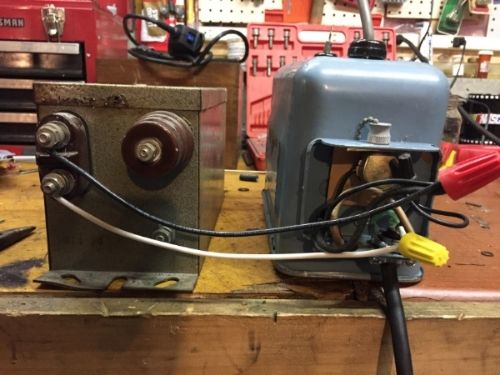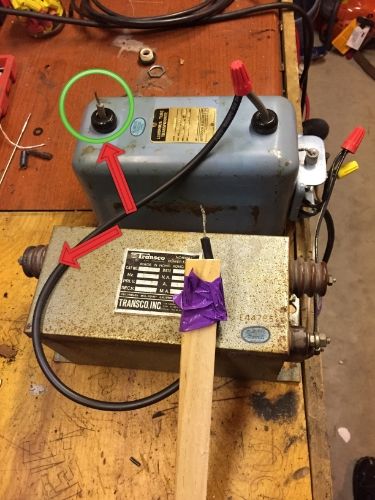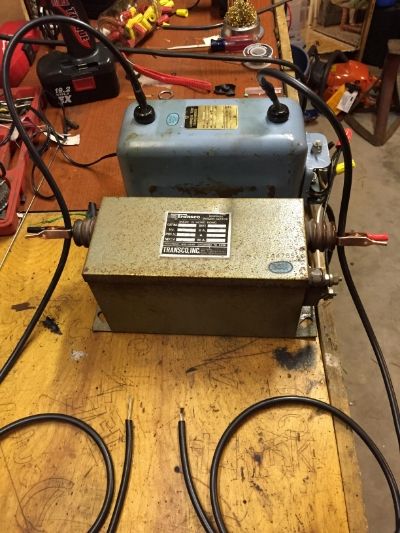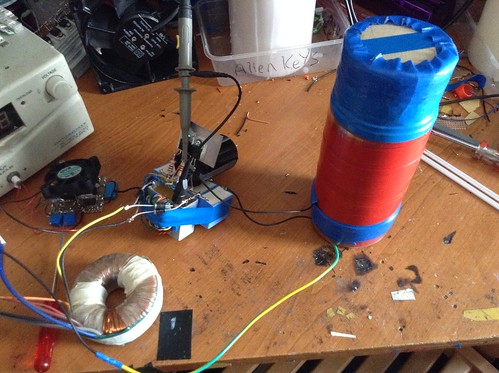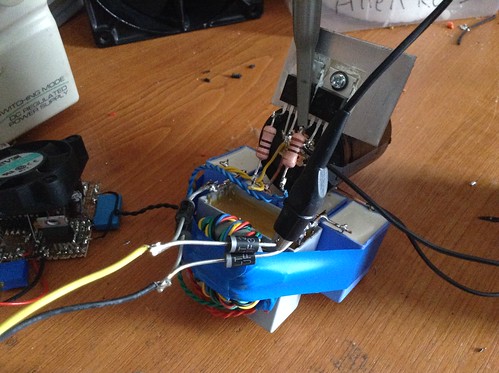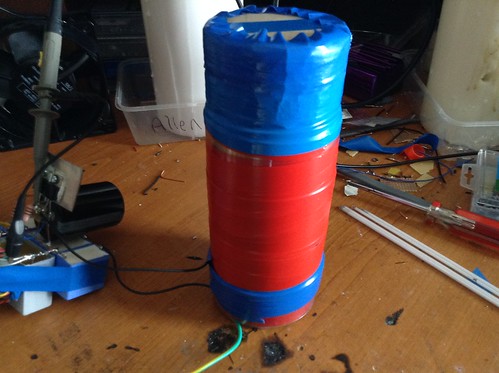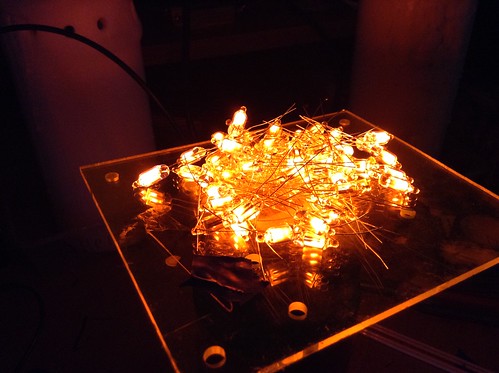Sigurthr
0
- Joined
- Dec 11, 2011
- Messages
- 4,364
- Points
- 83
First off; it is possible the center taps inside the transformers are bad and a case is floating, this isn't uncommon.
You won't damage anything by having them out of phase, these transformers are built to literally handle a short on the secondary side 24/7/365.
The pragmatic approach works fine too: Primaries in parallel; parallel up the secondaries, see if you have arc between the two secondary pairs. If no arc, it is out of phase. If larger/whiter arc than a single NST alone, you are in phase.
I'd disconnect the ground/case wire from both NSTs for the time being. Once you have verified phasing with chicken stick safety, then worry about grounding. You can't bond the NST grounds to the Tesla Coil grounds in the finished coil anyway; most ppl just leave them floating.
You won't damage anything by having them out of phase, these transformers are built to literally handle a short on the secondary side 24/7/365.
The pragmatic approach works fine too: Primaries in parallel; parallel up the secondaries, see if you have arc between the two secondary pairs. If no arc, it is out of phase. If larger/whiter arc than a single NST alone, you are in phase.
I'd disconnect the ground/case wire from both NSTs for the time being. Once you have verified phasing with chicken stick safety, then worry about grounding. You can't bond the NST grounds to the Tesla Coil grounds in the finished coil anyway; most ppl just leave them floating.





